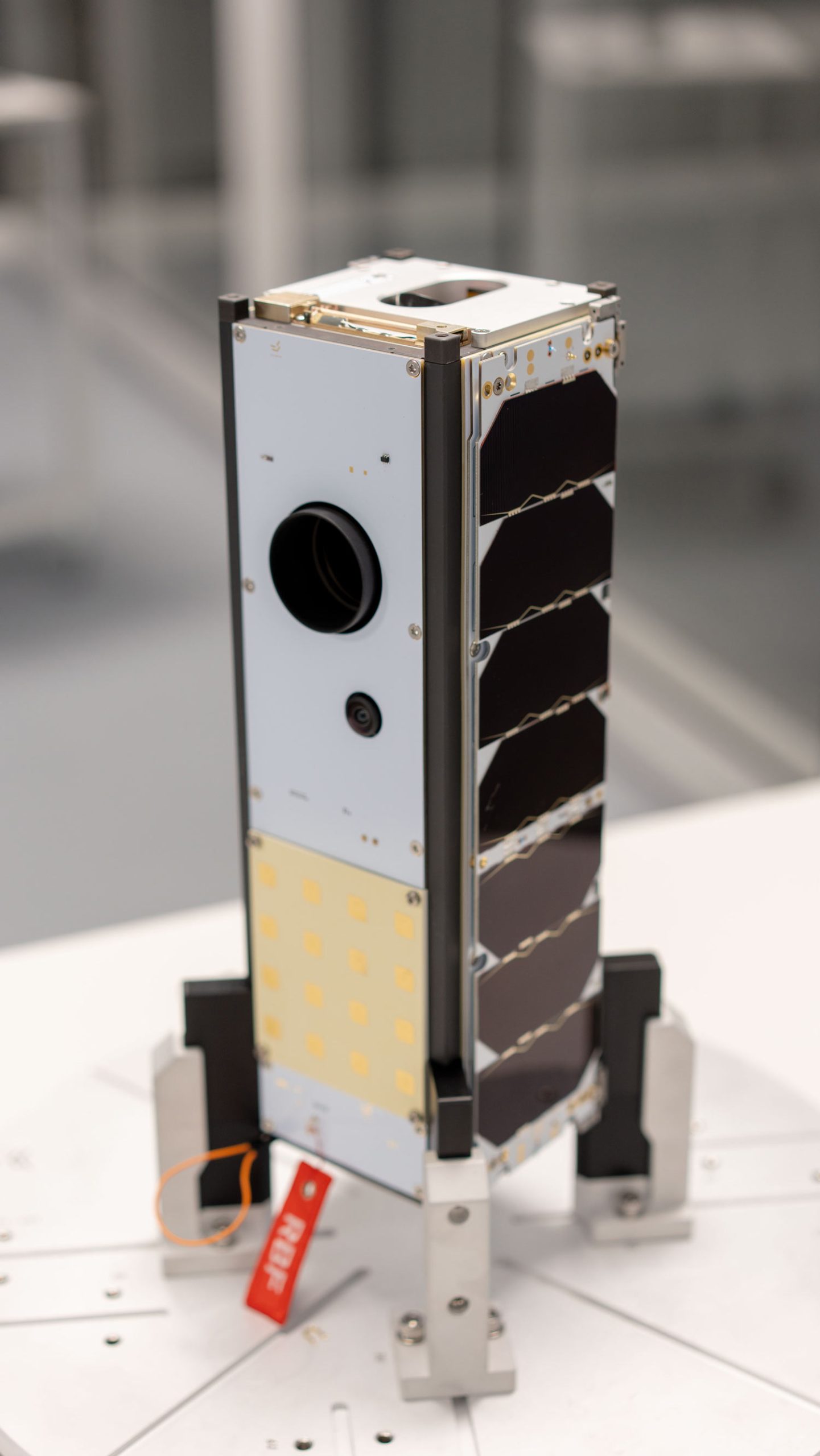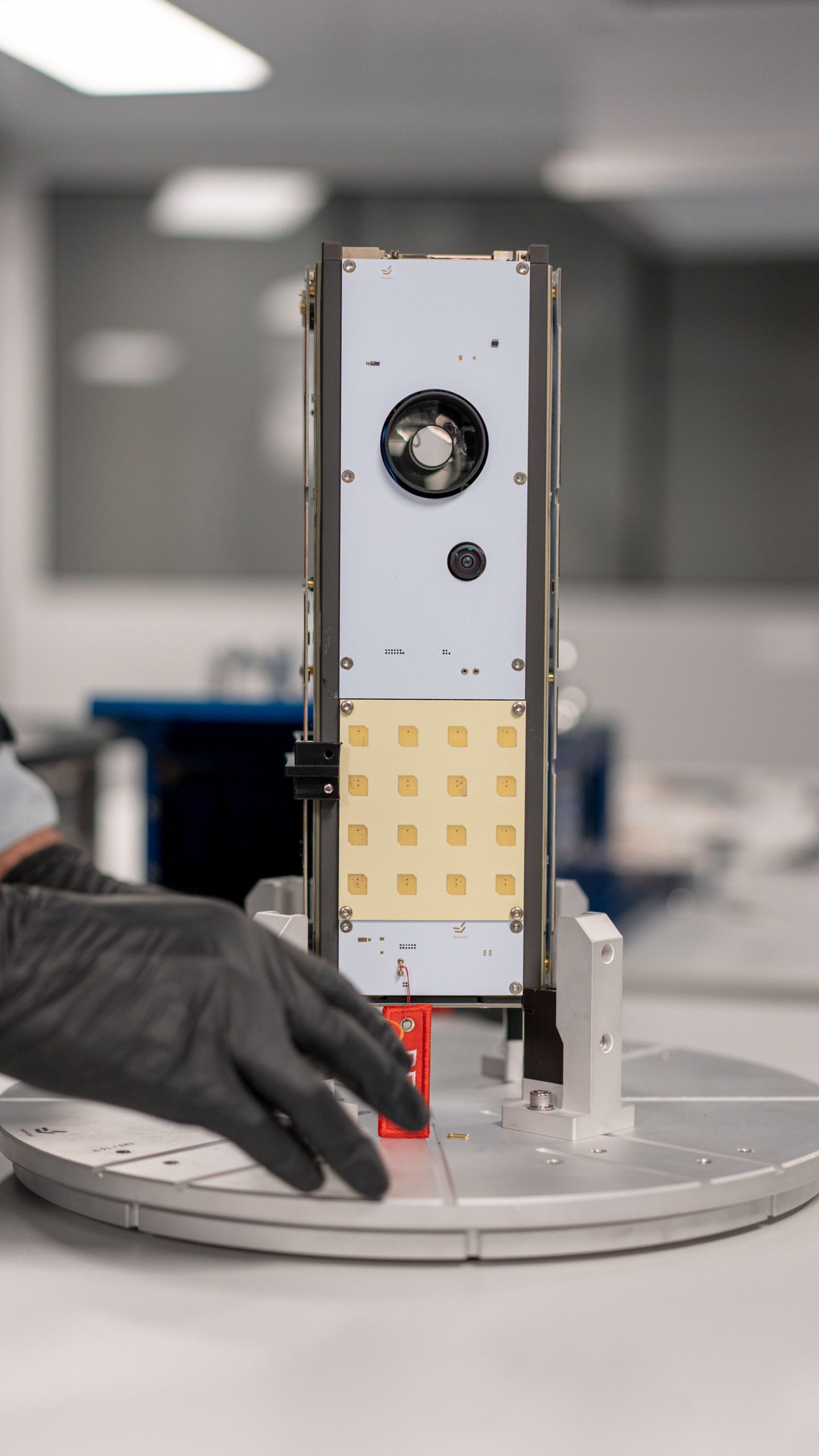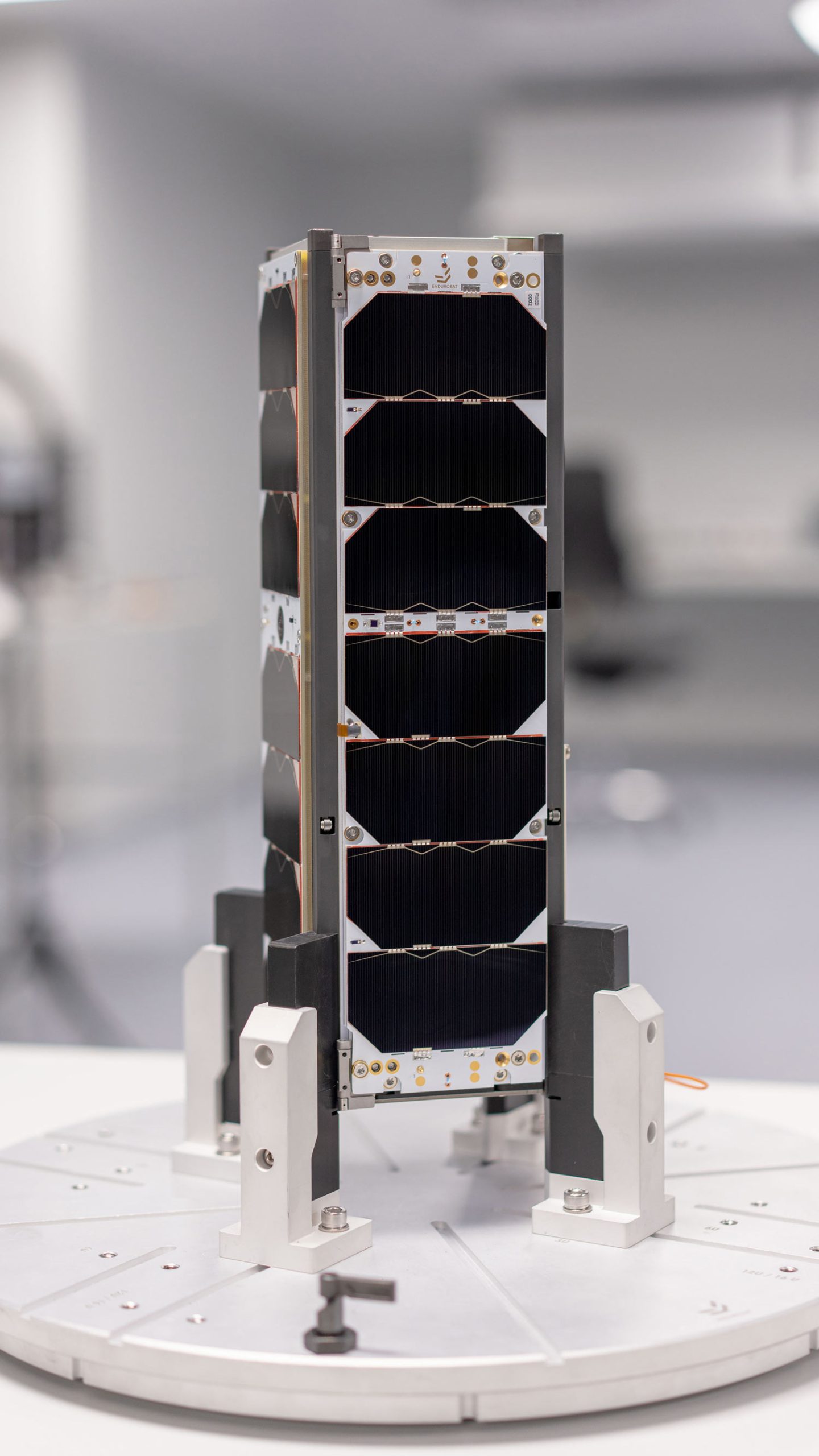The event was broadcast on a live feed available for anyone to follow. The rocket’s first stage come back to Earth as planned, performing a successful vertical touchdown at Vandenberg about 7 minutes and 45 seconds after launch.
Stages of Falcon-9 rocket launches
The first stage of a rocket is responsible for lifting the rocket off the ground and getting it up to a certain altitude and speed. This stage typically uses powerful engines that burn a lot of fuel quickly to generate a lot of thrust. Once the first stage has done its job, it will separate from the rest of the rocket and fall back to Earth.
The second stage of the rocket takes over from there, continuing to propel the rocket higher and faster. The engines on the second stage may burn for a longer period of time but with less thrust, as they work to build up the rocket’s speed and altitude to reach its desired orbit or trajectory. Once the second stage has done its job, it may also separate and fall back to Earth, or it may remain attached to the payload, depending on the mission.
The upper stage of the rocket is the final stage of the launch vehicle, responsible for putting the payload, such as a satellite or spacecraft, into its final orbit or trajectory. The upper stage typically uses a smaller and more precise engine than the earlier stages, which allows for more precise positioning and adjustment of the payload’s final destination. Once the upper stage has completed its burn, it will typically separate from the payload and either fall back to Earth or be sent on a trajectory to a safe disposal orbit.
Reusing First Stages
Since 2018, SpaceX has routinely reused first stages, reducing the demand for new cores. In 2021, SpaceX performed 31 Falcon 9 launches, using only two new boosters. It successfully recovered the booster on all but one flight. The Hawthorne factory produces one (expendable) second stage for each launch. Rockets from the Falcon 9 family have been launched 222 times over 13 years, resulting in 220 full mission successes (99.1%), one partial success.
Transporter-7
Most payloads on this mission were deployed an hour after liftoff, following a second burn of the upper stage. Those payloads were released over a span of about 20 minutes. The upper stage then performed two more maneuvers before deploying the final, and largest payload; an 800-kilogram IMECE imaging satellite built by the Turkish research institute Tübitak Uzay 2 hours and 35 minutes after liftoff.
The launch marked the 23rd Falcon 9 mission of the year. It was the first Falcon 9 launch to use a shorter nozzle on the rocket’s upper-stage engine. According to SpaceX, they will use the shorter nozzle, which saves money, on launches that do not need as much performance, but retain the longer nozzle for higher-performance missions.
Taifa-1
Developed by nine Kenyan engineers, Kenya’s ‘Taifa-1’ satellite will collect agricultural and environmental data. The Taifa-1 satellite’s payload consists of an optical camera capable of capturing images in five multispectral bands, with a ground sampling distance (GSD) of 32 meters, as well as the panchromatic band, with a GSD of 16 meters. The two types of images are utilized in combination to generate high-quality pan-sharpened images.
The Taifa-1 Mission has four main parts:
- Mission subject: The targeted area/object of interest, which is the Kenyan territory and payload calibration sites.
- Space segment: The complete satellite assembly that is launched into orbit, including the payload (an optical camera) and satellite bus (subsystems that help the payload function optimally).
- Ground segment: The UHF/S/X Band ground station and equipment needed to track and communicate with the satellite wirelessly.
- Launch segment: The launch vehicle, pad, and mission control center that puts the satellite into orbit using a Falcon 9 rocket system by SpaceX.
The mission operations component is responsible for implementing the mission’s concept of operations and handling how the satellite data will flow from launch to the end of its useful life. It also handles how the images are processed and utilized, as well as any troubleshooting routines for the space segment.
According to the Kenya Space Agency, Taifa-1 is the first of what is intended to be a constellation of small earth observation satellites that will form the Taifa-1 mission.
Taifa-1 was assembled by the Kenya Space Agency in partnership with Bulgarian aerospace company Endurosat over two years. It will operate for 5 years and then decay over 20 years, finally entering the atmosphere and burning out.
The 51 Spacecraft on this Transporter Mission
Several other companies from around the world launched new satellites during this mission. Satellogic had four imaging satellites onboard while GHGSat had three satellites for greenhouse gas monitoring. HawkEye 360 launched its seventh cluster of three satellites for radiofrequency (RF) monitoring and Unseenlabs launched its BRO-9 satellite, also for RF monitoring. Umbra launched another synthetic aperture radar imaging satellite.
Spire had one satellite for its network on the launch and two others for its space services business: one for Saudi Arabia’s King Abdullah University of Science and Technology equipped with a hyperspectral camera and a sensor for measuring soil moisture, and an ADLER-2 satellite for the Austrian Space Forum and Findus Venture GmbH which will characterize the debris environment of low Earth orbit and study atmospheric aerosols.
Orbital Sidekick launched the first two satellites of its six-satellite Global Hyperspectral Observation Satellite to provide hyperspectral imagery. Sateliot, a Spanish company working on satellite-based Internet of Things services, launched a satellite called The GroundBreaker that it says is the first to be able to communicate directly with devices using 5G standards. AstroForge, a startup with long-term plans for asteroid mining, launched a small satellite that will test its ability to refine metals from asteroid materials in orbit. There were also several orbital transfer vehicles onboard carrying CubeSats for Kepler Communications and NASA among other payloads.
Rideshare Space Missions
Muiruri Beautah
Muiruri Beautah is a Head Writer at WAKILISHA and a Marketing Manager at Peach Cars. He has created award winning work for brands such as Unilever, Diageo, SafeBoda and Safaricom Plc. He lives in Nairobi and in the hearts of children around the world.
1 Comment
Comments are closed.








Great job to KSA! Next time we should launch our satellites from our own rockets hehe